Stretching is an non excludable part of exercising and healthy living, since its purpose is to preserve one’s flexibility and motion range in the joints. We often try to skip stretching before a workout session which is the biggest mistake we could make since it often leads to injuries, sprains or inflammation. It’s something everyone should start implementing in their lifestyle.
Well, stretching improves muscle development, increases range of motion, reduces your chances of an injury and provides a warm-up for your muscles. When your muscles are more flexible, the body can perform activities and exercise with the correct form; therefore, stretching also helps to improve posture.
So stretching is important. But what stretches work for what muscle groups? Vicky Timón, a yoga expert and author of “Encyclopedia of Pilates Exercises,” created 36 beautiful illustrations to show you which muscles are affected by different stretches.

1. Camel Pose: Best reserved for those with good flexibility, the muscles highlighted in this stretch are the rectus abdominus and the external obliques. Sit on your heels and place your hands on your feet as you push your hips up and forward. Avoid putting too much pressure on your neck or spine.
2. Wide Forward Fold: This is a great exercise to open the hips while stretching the adductors and the hamstrings. Start this stretch with your knees bent. As your muscles begin to release, slowly straighten your legs, round out your back and reach for your feet.
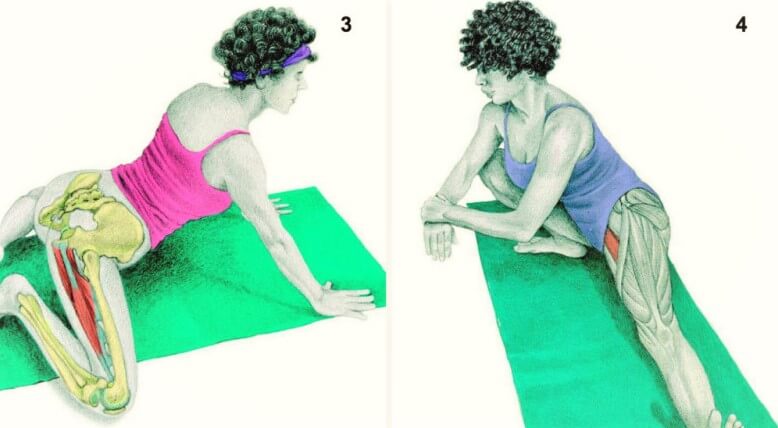
3. Frog Pose: This is a deep groin stretch that works the adductors. Start by resting on your hands and knees and slowly widen your knees until you feel stretching in your groin muscles. Move your hips back and forward to feel slight variations.
4. Wide Side Lunge Pose: This is another stretch for the adductors. Start with both feet forward in a wide stance, and slowly walk your hands to your right foot while bending your right knee and rotating your left toes to the ceiling.
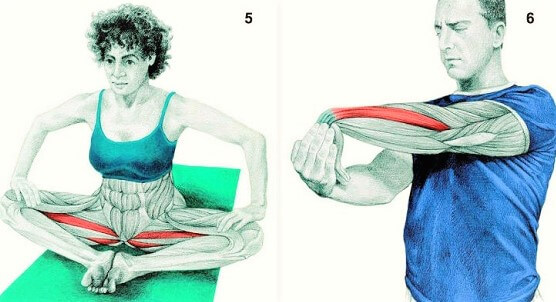
5. Butterfly Stretch: This stretch highlights the adductors. Start in a seated position and bring the soles of your feet together and sit tall. Place pressure on your knees with your hands. Bring your feet farther from your hips and slowly round your body to release your back muscles.
6. Forearm Extensor Stretch: To stretch your forearm extensor, start by pushing your shoulder down and back, then externally rotate your shoulder. Once in position, apply pressure to your opposite hand and begin to stretch.
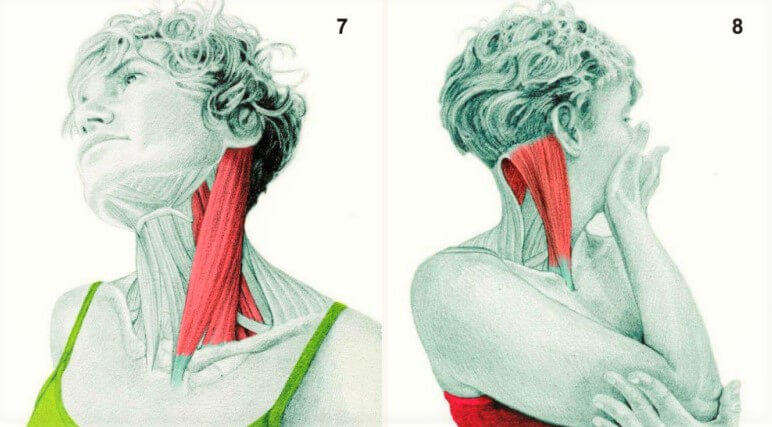
7. Lateral Side Flexion of the Neck: This stretch highlights your sternocleidomastoid or SCM. Keep your neck as long as possible while slowly dropping your ear to your shoulder. You can progress this stretch by being seated on a chair and grabbing the bottom of the seat.
8. Neck Rotation Stretch: To stretch the SCM, slowly rotate your neck while keeping your chin elevated. For a deeper stretch, apply pressure with the hand opposite from the direction you are rotating.
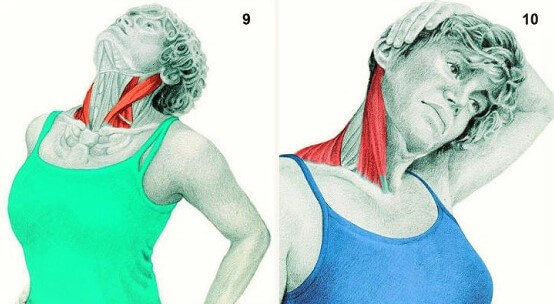
9. Neck Extension Stretch: To work the SCM, place your hands on your hips while keeping your spine long and tilt your head back.
10. Lateral Side Flexion of the Neck with Hand Assistance: Stretch the SCM and upper trapezius by keeping your neck long and slowly dropping your ear to your shoulder.
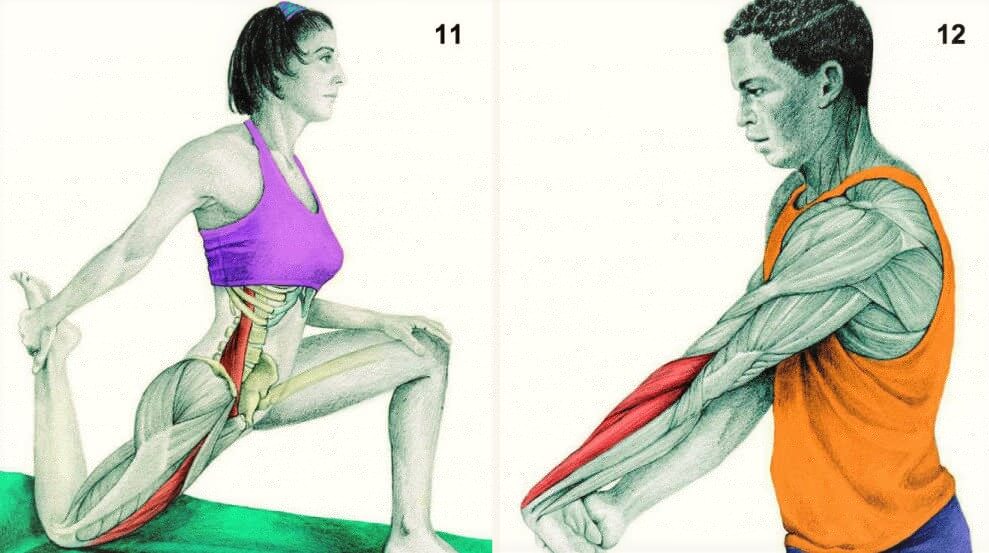
11. Half Kneeling Quad / Hip Flexor Stretch: This stretch works your psoas and quadriceps. Start in a half-kneeling position. Slowly bring your right hip forward, grab your back foot and squeeze your back glute.
12. Forearm Extensor Stretch: Stretch the forearm extensor by pushing your shoulder down and back, and externally rotating the shoulder. Apply pressure with your opposite hand to begin the stretch.
Read also: Quick And Easy Exercises To Get Rid Of A Double Chin
 Freshsein
Freshsein